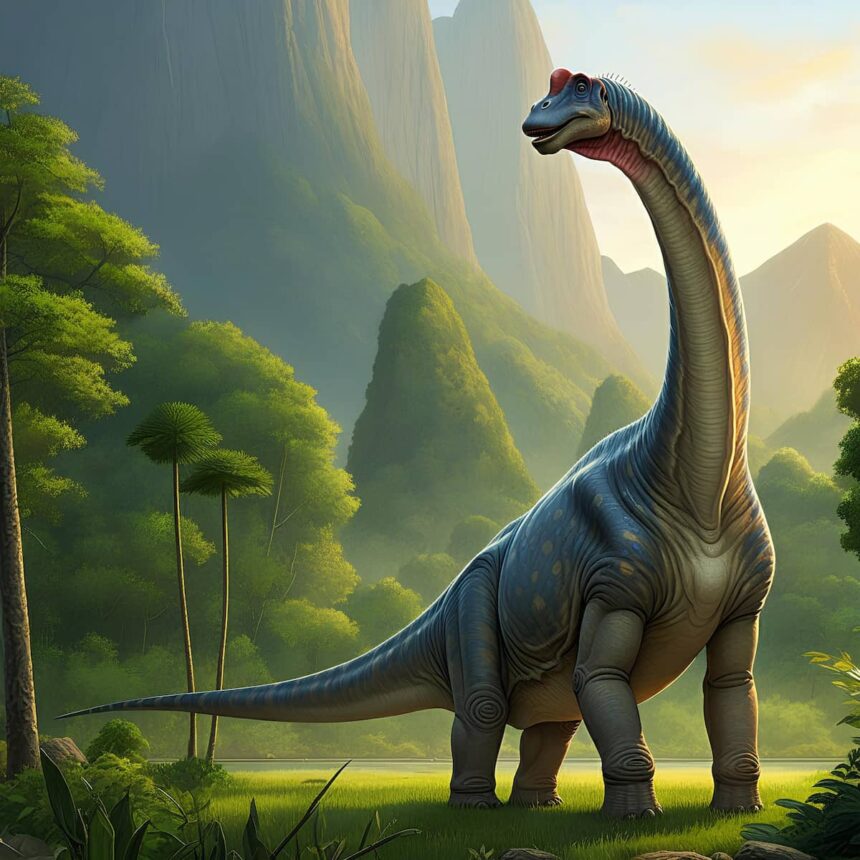6 Myths About Dinosaurs
Let's debunk some common misconceptions about the intelligence of raptors, the swimming abilities of Diplodocus, and the voice of Tyrannosaurus rex.

Let's debunk some common misconceptions about the intelligence of raptors, the swimming abilities of Diplodocus, and the voice of Tyrannosaurus rex.

